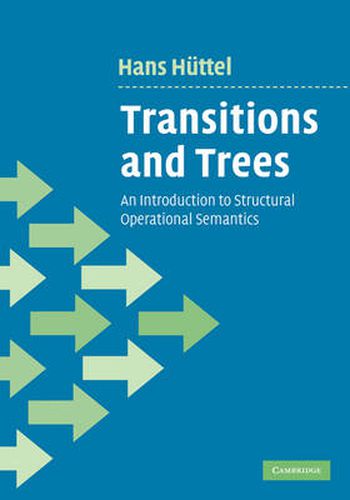Readings Newsletter
Become a Readings Member to make your shopping experience even easier.
Sign in or sign up for free!
You’re not far away from qualifying for FREE standard shipping within Australia
You’ve qualified for FREE standard shipping within Australia
The cart is loading…






Structural operational semantics is a simple, yet powerful mathematical theory for describing the behaviour of programs in an implementation-independent manner. This book provides a self-contained introduction to structural operational semantics, featuring semantic definitions using big-step and small-step semantics of many standard programming language constructs, including control structures, structured declarations and objects, parameter mechanisms and procedural abstraction, concurrency, nondeterminism and the features of functional programming languages. Along the way, the text introduces and applies the relevant proof techniques, including forms of induction and notions of semantic equivalence (including bisimilarity). Thoroughly class-tested, this book has evolved from lecture notes used by the author over a 10-year period at Aalborg University to teach undergraduate and graduate students. The result is a thorough introduction that makes the subject clear to students and computing professionals without sacrificing its rigour. No experience with any specific programming language is required.
$9.00 standard shipping within Australia
FREE standard shipping within Australia for orders over $100.00
Express & International shipping calculated at checkout
Structural operational semantics is a simple, yet powerful mathematical theory for describing the behaviour of programs in an implementation-independent manner. This book provides a self-contained introduction to structural operational semantics, featuring semantic definitions using big-step and small-step semantics of many standard programming language constructs, including control structures, structured declarations and objects, parameter mechanisms and procedural abstraction, concurrency, nondeterminism and the features of functional programming languages. Along the way, the text introduces and applies the relevant proof techniques, including forms of induction and notions of semantic equivalence (including bisimilarity). Thoroughly class-tested, this book has evolved from lecture notes used by the author over a 10-year period at Aalborg University to teach undergraduate and graduate students. The result is a thorough introduction that makes the subject clear to students and computing professionals without sacrificing its rigour. No experience with any specific programming language is required.